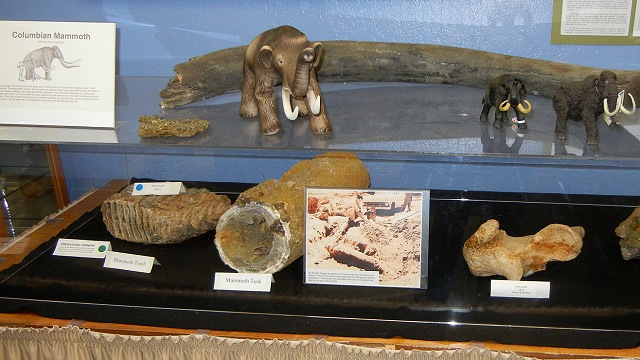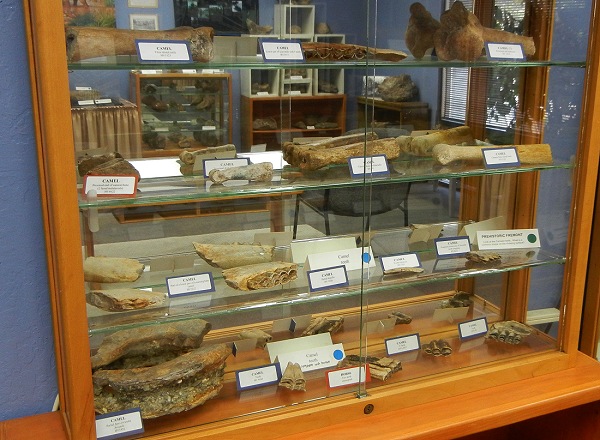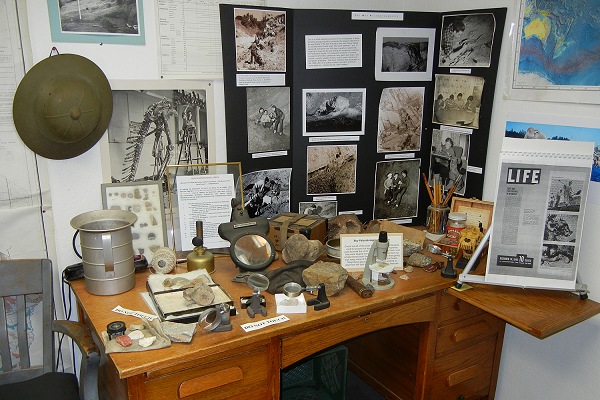The Children’s Natural History Museum is under the radar in a modest building in Fremont. But under the management of Joyce Blueford, a trained paleontologist with a Ph.D. from UC Santa Cruz, it gives thousands of local students and their teachers the chance to put their hands on real scientific tools and geological treasures. Its core attraction is a large set of specimens from the Bay Area’s greatest fossil find: the Ice Age mammals of the Irvington gravels. Some of the museum’s best fossils are appearing right now at the Alameda County Fair.

The sand and gravel quarries of Irvington, one of the five towns that incorporated as Fremont in 1956, were a rich source of fossil bones. Starting in the 1940s, they were assiduously collected by longtime East Bay teacher Wes Gordon. He loved to teach science as a hands-on activity, and Gordon’s group of high-school student assistants were immortalized by Life magazine as “the Boy Paleontologists.” The fossils of Irvington are the scientific basis of a formal North American Land Mammal Age, the Irvingtonian.
Much of the fossil trove went to UC Berkeley, but other local institutions were given fossils to promote their science teaching. Gordon’s pride and joy was the science museum he maintained for the San Lorenzo School District, which included many Irvington fossils, a large rock and mineral collection, a set of Ohlone artifacts and century-old taxidermied animals cast off by the De Young Museum.
After Gordon died, his collections became the heart of the Children’s Natural History Museum. I walked in one afternoon and Blueford led me to some of the large Irvington bones, still half encased in their hard gravel matrix. Nowhere else in the world can you simply pick up this material from a shelf in your own hands. The collection has bones of mammoths, camels, horses, wolves, pronghorns, large cats and more, all from Ice Age species that are now extinct.

One little thing that impressed me when I visited the museum was the rocks for sale in the gift shop. They’re real rocks that you can learn from, not just pretty pebbles, and they’re priced low. The rest of the museum is also full of real stuff, ready to unlock a child’s mind and engage a teacher’s skills in ways that no website or interactive kiosk can offer.
